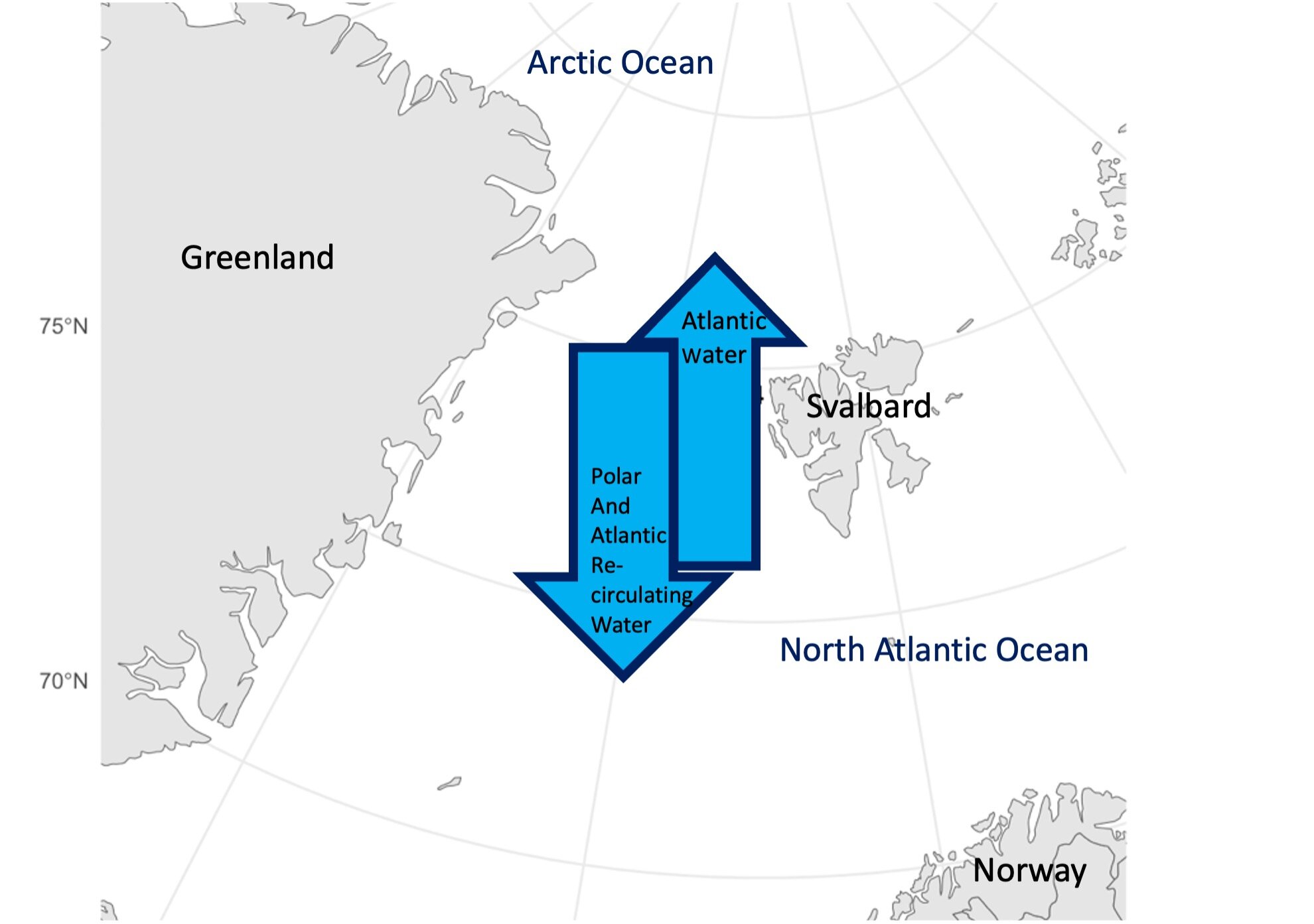The frigid Arctic Ocean is far removed from the places most people live, but even so, ”forever chemicals” reach this remote landscape. Now, research in Environmental Science & Technology Letters suggests that per- and polyfluoroalkyl substances (PFAS) won’t stay there indefinitely. Instead, they are transported in a feedback loop, with the Arctic Ocean potentially exporting as many PFAS to the North Atlantic Ocean as it receives, circulating the compounds around the world.
These waterbodies are connected by the Fram Strait, which sits to the northeast of Greenland near the Svalbard archipelago. Warm water travels north on the eastern side of the strait, and cold water flows south along the western side, providing a dynamic gateway for PFAS transportation.
Rainer Lohmann and colleagues wanted to track the movement of PFAS in this region and identify how water circulation influences the mix of contaminants in the Arctic Ocean. The researchers deployed passive sampling systems, which took up PFAS into a sorbent-filled microporous membrane from water as it flowed past. They put the systems at three locations in the Fram Strait, and at four depths in each location. After a year, the team retrieved the systems and measured the collected PFAS using liquid chromatography-mass spectrometry.
The researchers overserved that:
The team calculated the amounts of PFAS flowing in each direction through the Fram Strait. Their data showed that in one year, around 123 tons traveled into the Arctic Ocean and about 110 tons moved into the Atlantic Ocean. According to the researchers, these values are the largest of any pollutant reported in the strait, demonstrating how significant the back-and-forth circulation of PFAS is in the Arctic Ocean.
2024-01-10 10:00:04
Source from phys.org
